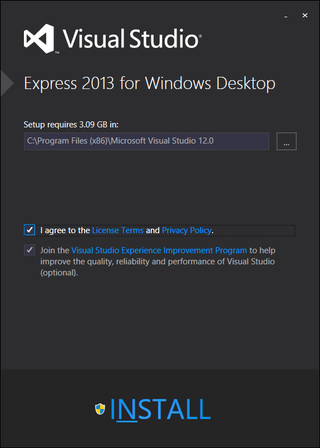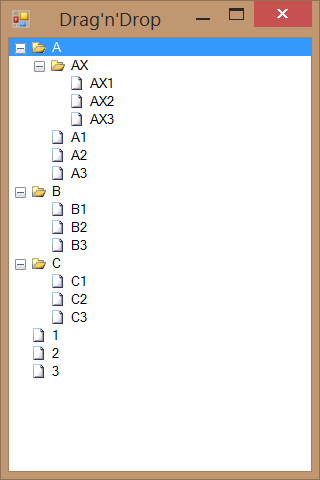Scaling Toolstrip Images With DPI
Cheapest way to make high-DPI application is just to specify it as such in manifest and let font auto-sizing do the magic. Final result is more than acceptable and it definitely beats blurred fonts you would have without it.
However, this method doesn’t scale toolstrip icons (usually 16x16 pixels). They remain at same pixel size as before. If your monitor is 192 DPI, icons will look half their size. As monitors get higher and higher DPI situation just gets worse. Only proper solution would be to check system DPI and load higher resolution icons.
However, cheating a bit is ok too. Instead of having multiple sets of icons with different resolution each, we can resize ones that we already have. Yes, result will be a bit ugly, but not worse than Windows built-in scaling would do. All that can be achieved by having simple code in form constructor:
internal partial class MyForm : Form {
public FilesEditForm(TabFiles tabFiles) {
InitializeComponent();
this.Font = SystemFonts.MessageBoxFont;
using (var g = this.CreateGraphics()) {
var scale = Math.Max(g.DpiX, g.DpiY) / 96.0;
var newScale = ((int)Math.Floor(scale * 100) / 50 * 50) / 100.0;
if (newScale > 1) {
var newWidth = (int)(mnu.ImageScalingSize.Width * newScale);
var newHeight = (int)(mnu.ImageScalingSize.Height * newScale);
mnu.ImageScalingSize = new Size(newWidth, newHeight);
mnu.AutoSize = false; //because sometime it is needed
}
}
}
}First variable simply contains scaling factor current monitor has compared to standard 96 DPI one. For example, 120 DPI monitor would cause variable’s value to be 1.25.
Next we try to determine how much we should magnify icons. In order to avoid unnecessary small adjustments, new scale is then calculated and rounded to .5 increments. If scale factor is 1.25, it will round-down to 1; scale of 1.6 will round-down to 1.5; scale of 2.2 will round-down to 2 and so on.
Check is made whether there is scaling to be done and, if needed, we simply calculate new image width and height using current size as a template. Assuming that icons were 16x16, scale factor of 1.5 would cause them to be 24x24.
Latest order of business is to turn off auto size. On most forms this step might be skipped without any issue. However, some stubborn forms will have their menu stay the same size as long as AutoSize is turned on (at least on .NET Framework 2.0). If you are on latest framework and/or your forms don’t misbehave, you can skip it safely.
PS: To have .25 increments, just swap 50 for 25; to have only whole number increments, swap 50 for 100.



